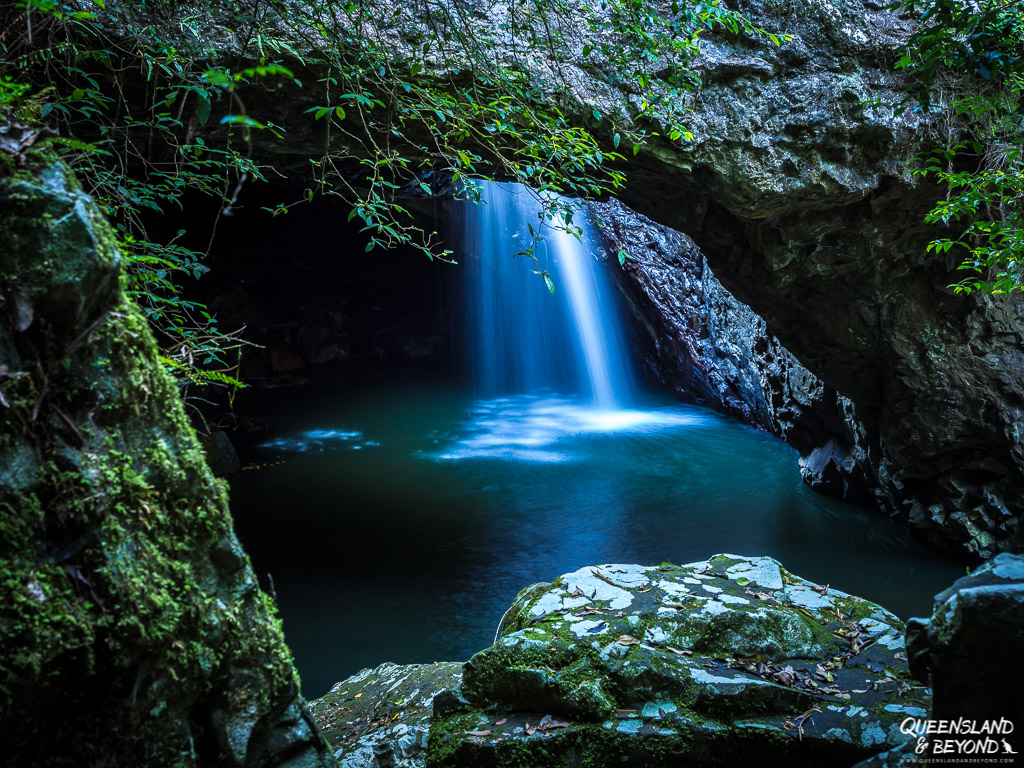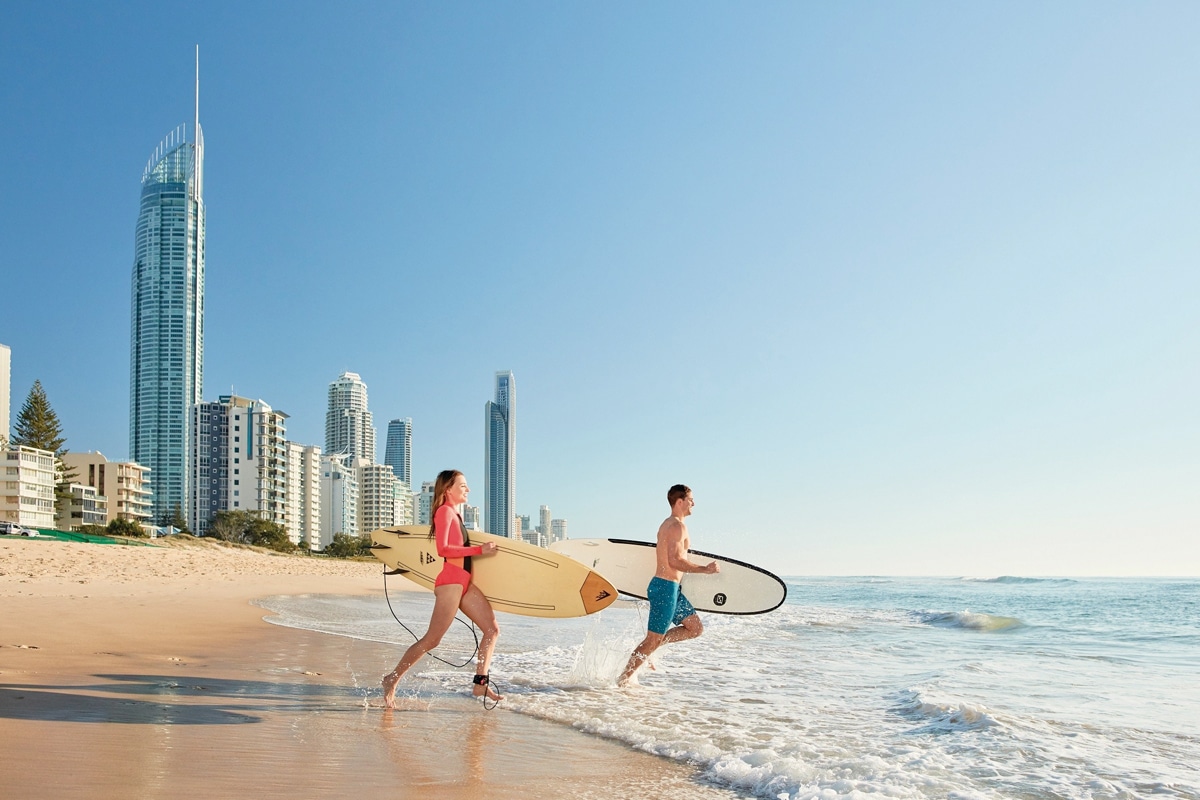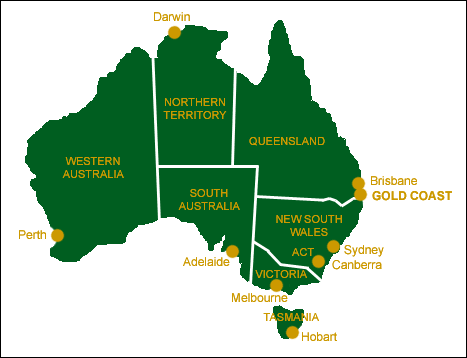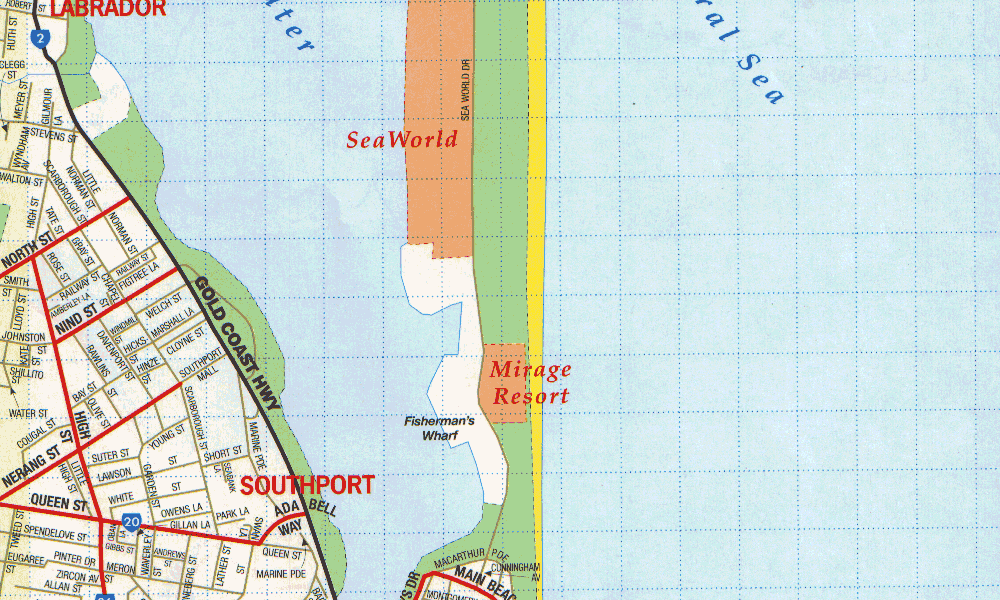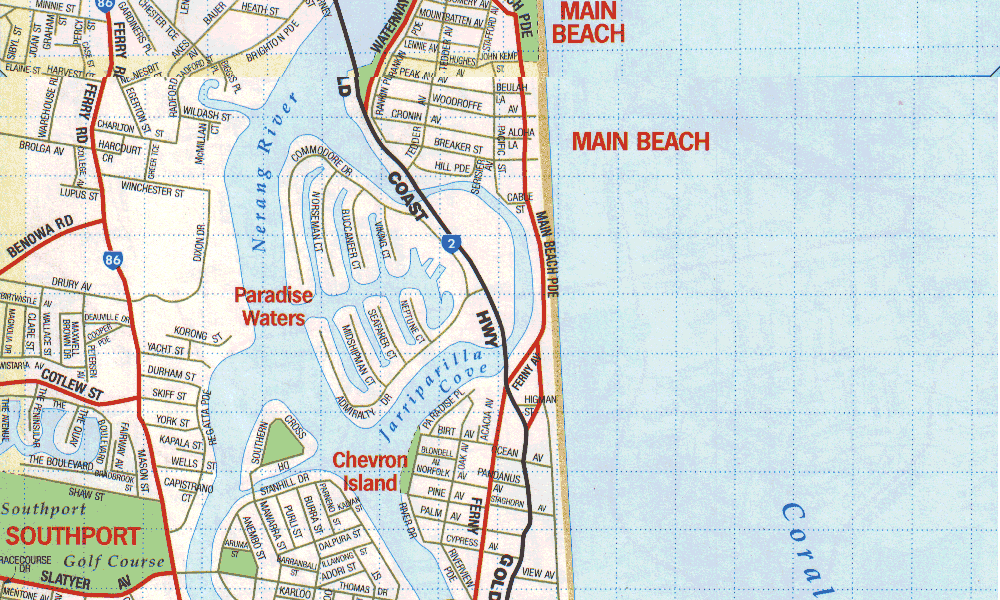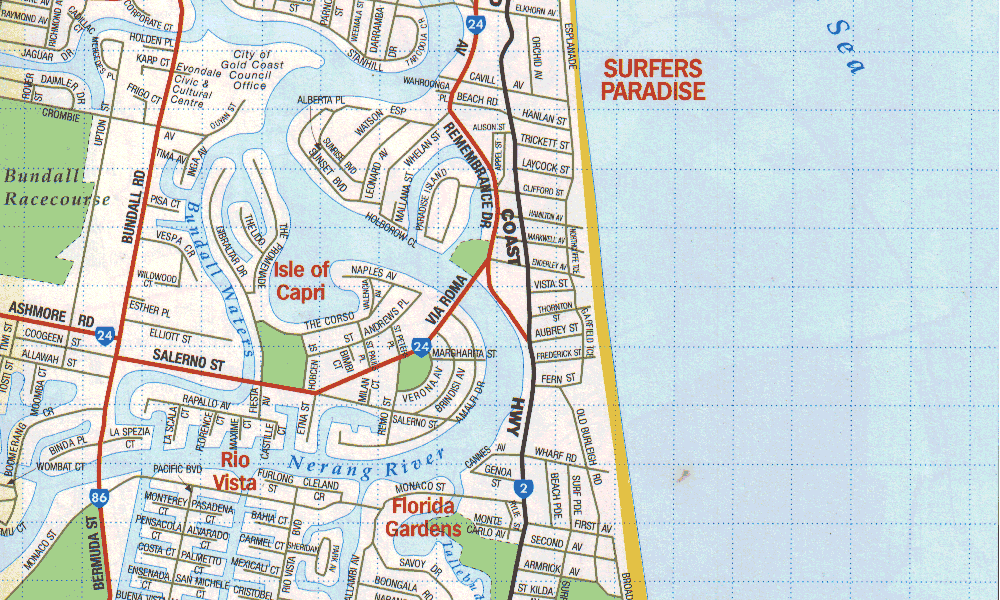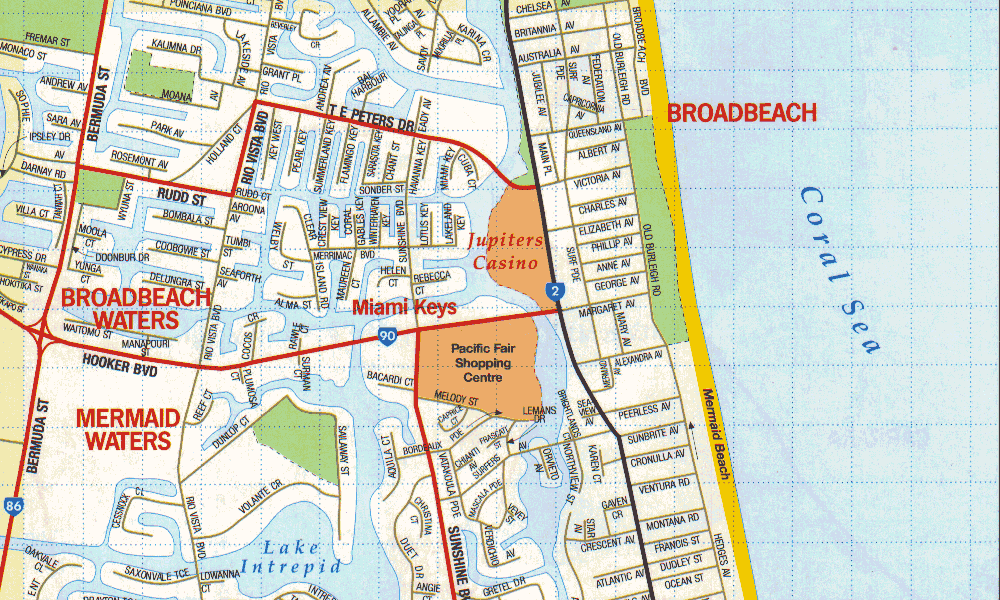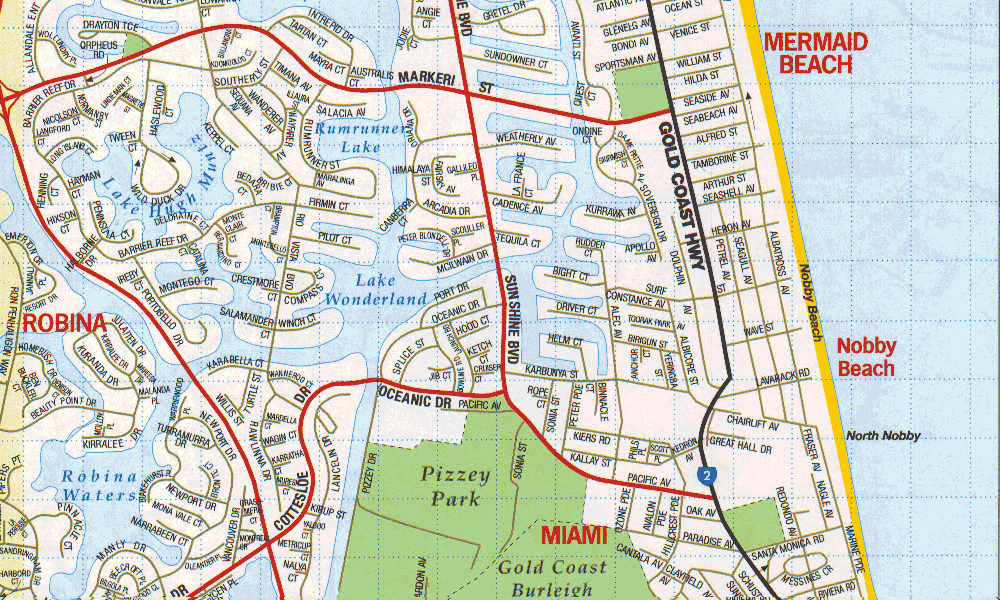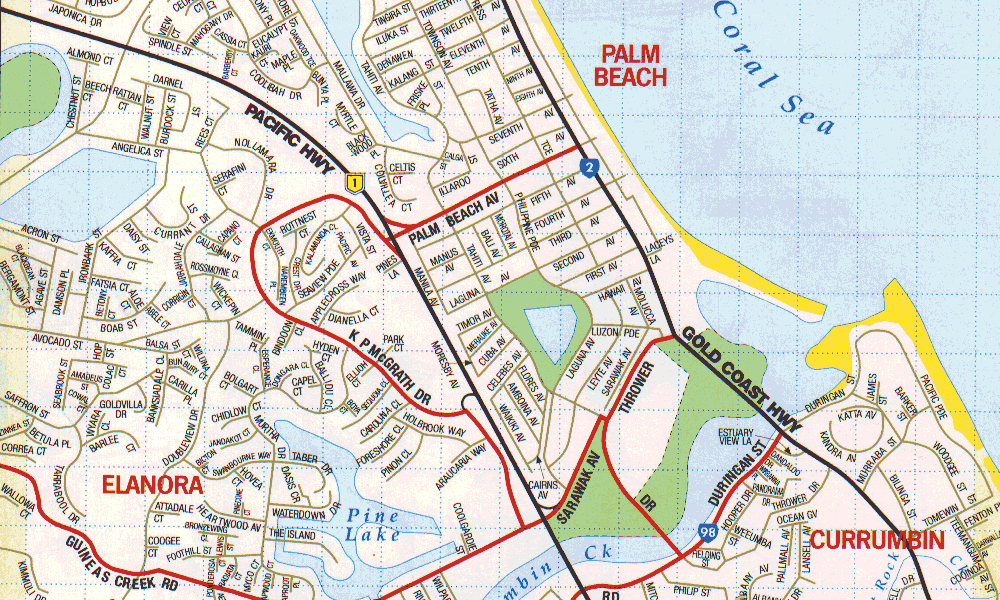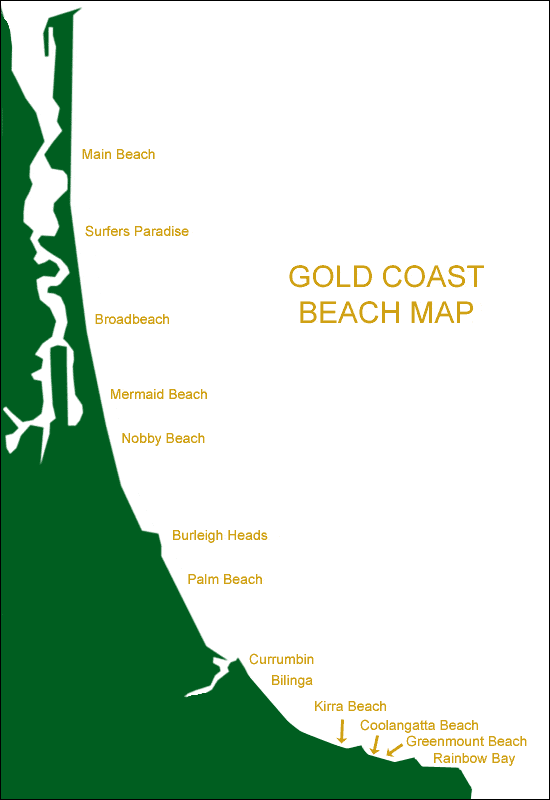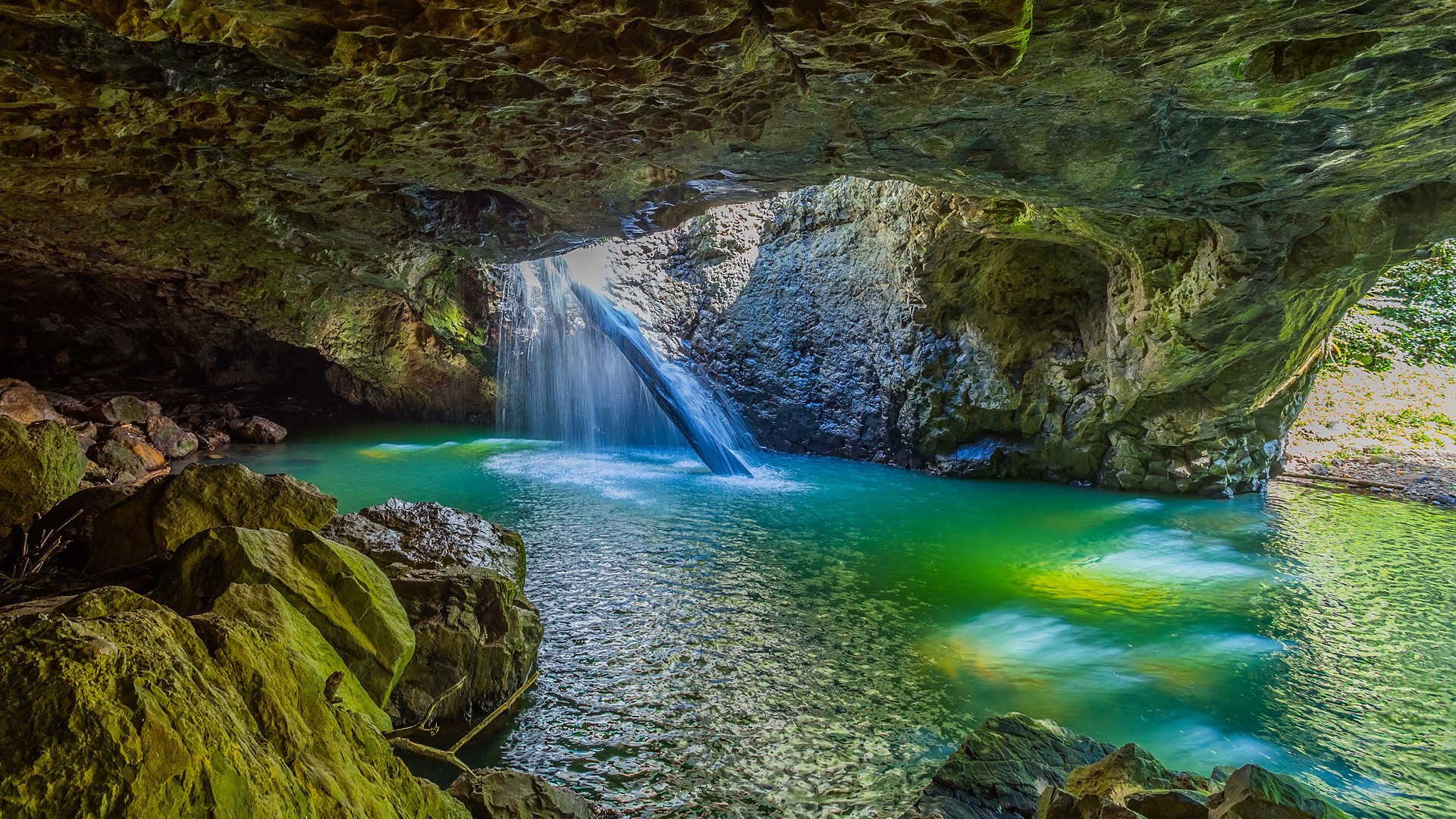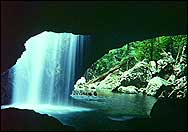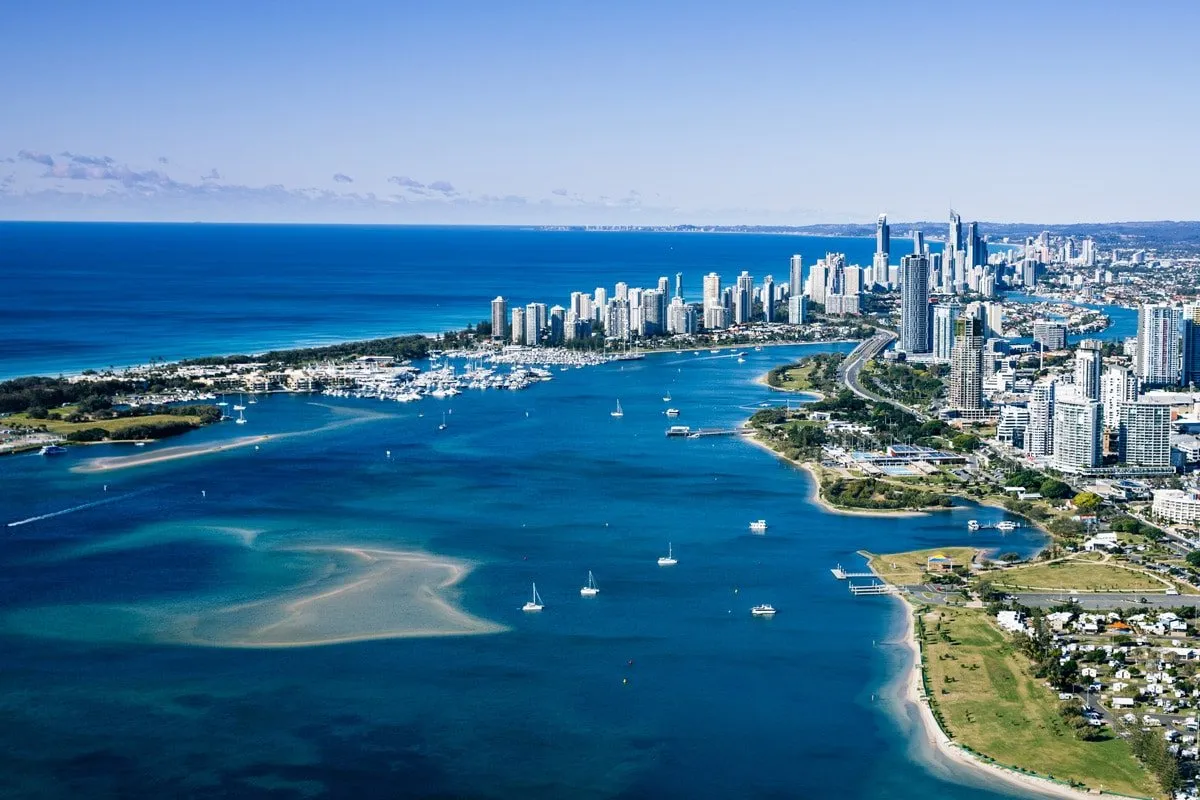Springbrook National Park – Waterfalls and Forests
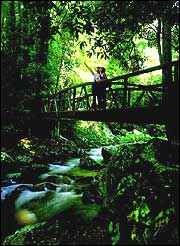
Plunging waterfalls, cool forests, rugged gorges and remnants of early foresting history await you at Springbrook National Park in the Gold Coast hinterland.
Covering land on and around Springbrook Plateau, the 2720ha park protects rainforests, eucalypt forests and the headwaters of rivers flowing to the Gold Coast.
Springbrook lies on the Scenic Rim, a chain of mountains stretching across the Queensland-New South Wales border. Walking tracks ranging from easy to challenging take you to lookouts, waterfalls and ancient forests.
Springbrook is about 90 minutes from Brisbane and 45 minutes from the Gold Coast. The park has three sections: Springbrook Plateau, Mt Cougal to the east and Natural Bridge to the west.
At 900m above sea level, Springbrook can be cool even in summer. Rainfall averages 3000mm a year, mostly from December to March. Drier months from May to October are probably the best time to visit. Holidays and weekends can be crowded.
Related Links:
- Gold Coast Accommodation – A comprehensive guide to accommodation on Australia’s Gold Coast including hotels, motels, resorts, self-contained apartments and holiday units.
- Gold Coast Visitor Information – This section of the website provides general visitor and tourist information about the Gold Coast including links to more information.
- Gold Coast Regional Information – Regional information about the main towns situated on the Gold Coast as well as information on the Gold Coast hinterland.
- Gold Coast Things To Do – A user-friendly guide to theme parks including Dreamworld and Movieworld as well as tours, activities and other things to do on Queensland’s Gold Coast.

